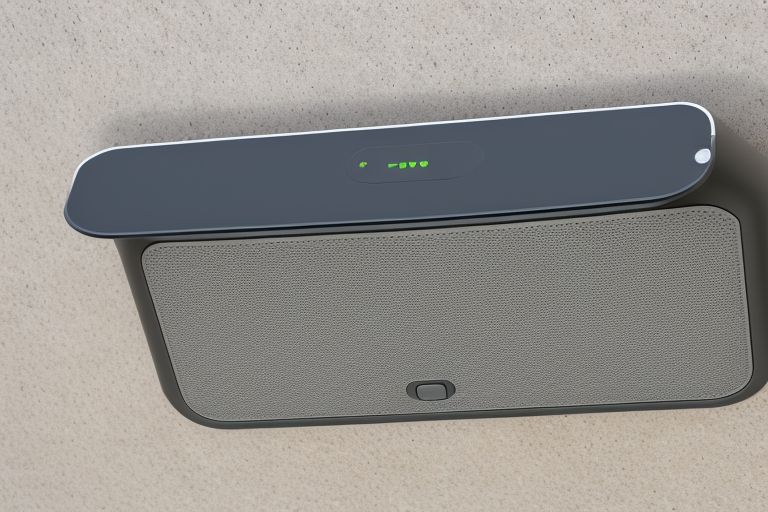
Battle Against Eavesdropping Enhancing Privacy with Sound Technology
In an era dominated by rapid technological advancements, the intersection of privacy and technology has become increasingly fraught with complexity and concern. As digital connectivity expands, so too does the potential for breaches of personal privacy. This has given rise to a critical and timely discussion on the innovative ways in which sound technology is being harnessed to combat the pervasive issue of eavesdropping. This article explores the latest developments in sound technology that are enhancing privacy for individuals and organizations alike.
Understanding Eavesdropping in the Digital Age
Eavesdropping isn’t a new problem, but the digital age has multiplied its avenues and increased its risks. Traditionally, eavesdropping referred to the act of secretly listening to private conversations. Today, it encompasses a broader range of activities including intercepting phone calls, capturing data from smart devices, and even utilizing sophisticated devices to overhear distant or seemingly secure communications.
The Role of Sound Technology in Privacy Protection
In response to these challenges, sound technology has emerged as a pivotal tool in the fight against eavesdropping. Engineers and privacy experts are devising methods that utilize sound waves to create environments where private conversations can remain private, even in public or semi-public spaces. These technologies fall into several categories, each addressing different aspects of the privacy challenge.
Sound Masking
Sound masking involves the use of a specific sound, often referred to as white noise, to cover up or mask conversations. This technology is commonly used in open-plan offices, healthcare settings, and other environments where confidentiality is crucial. The principle behind sound masking is simple yet effective: by adding a barely noticeable background noise, other sounds in the same range—like human speech—are less intelligible to unintended listeners.
Acoustic Shielding
Unlike sound masking, which blends conversations into background noise, acoustic shielding aims to contain sound to a defined area. Innovations in materials and building design now allow for the creation of spaces that prevent sound from escaping. These acoustic shields can range from specialized wall panels to entire rooms designed to ensure that sound does not travel beyond its intended perimeter.
Digital Signal Processing (DSP)
Digital Signal Processing is a more technologically advanced facet of combating eavesdropping. DSP involves manipulating audio signals in real-time to either enhance desired sounds or suppress unwanted noise. In privacy applications, DSP can be used to distort or scramble audio frequencies so that eavesdroppers cannot discern clear voices or conversations from recordings.
Case Studies: Real-World Applications
Several companies and institutions have successfully implemented these technologies to protect privacy. For example, a prominent financial institution has equipped its customer service centers with sound masking technology to safeguard client information discussed over the phone. Similarly, a legal firm has adopted acoustic shielding in their meeting rooms to ensure that sensitive client discussions remain confidential.
Challenges and Considerations
While sound technology offers promising solutions to privacy concerns, there are challenges to consider. The cost of implementing advanced systems can be prohibitive for smaller organizations. There is also the issue of balancing privacy with transparency and ensuring that such technologies are not misused to shield illegal activities or hinder law enforcement.
Future Prospects
The future of privacy-enhancing sound technology looks promising. With ongoing research and development, newer and more efficient solutions are likely to emerge. Innovations such as directional audio systems, which deliver sound only to specific locations without the possibility of eavesdropping, are already in advanced stages of testing.
Conclusion
The battle against eavesdropping is an ongoing and evolving challenge in our interconnected world. Sound technology plays a crucial role in enhancing privacy and offers a beacon of hope for those seeking to protect their conversations in an increasingly surveilled environment. As this field of technology advances, it promises not only to safeguard our spoken words but also to redefine the boundaries of privacy in the digital age.


